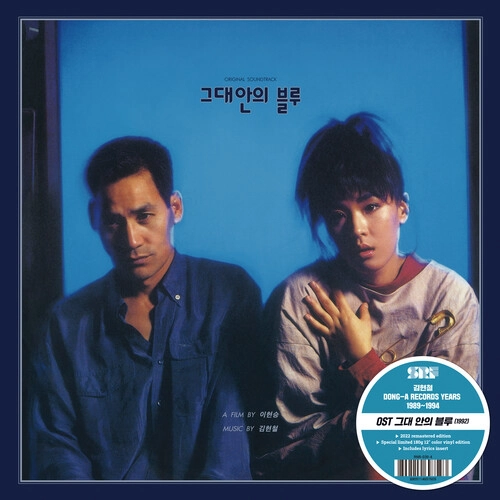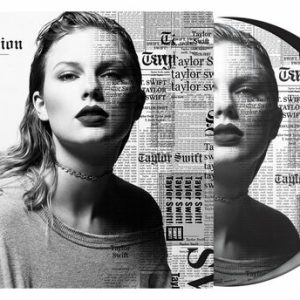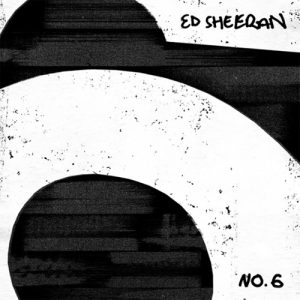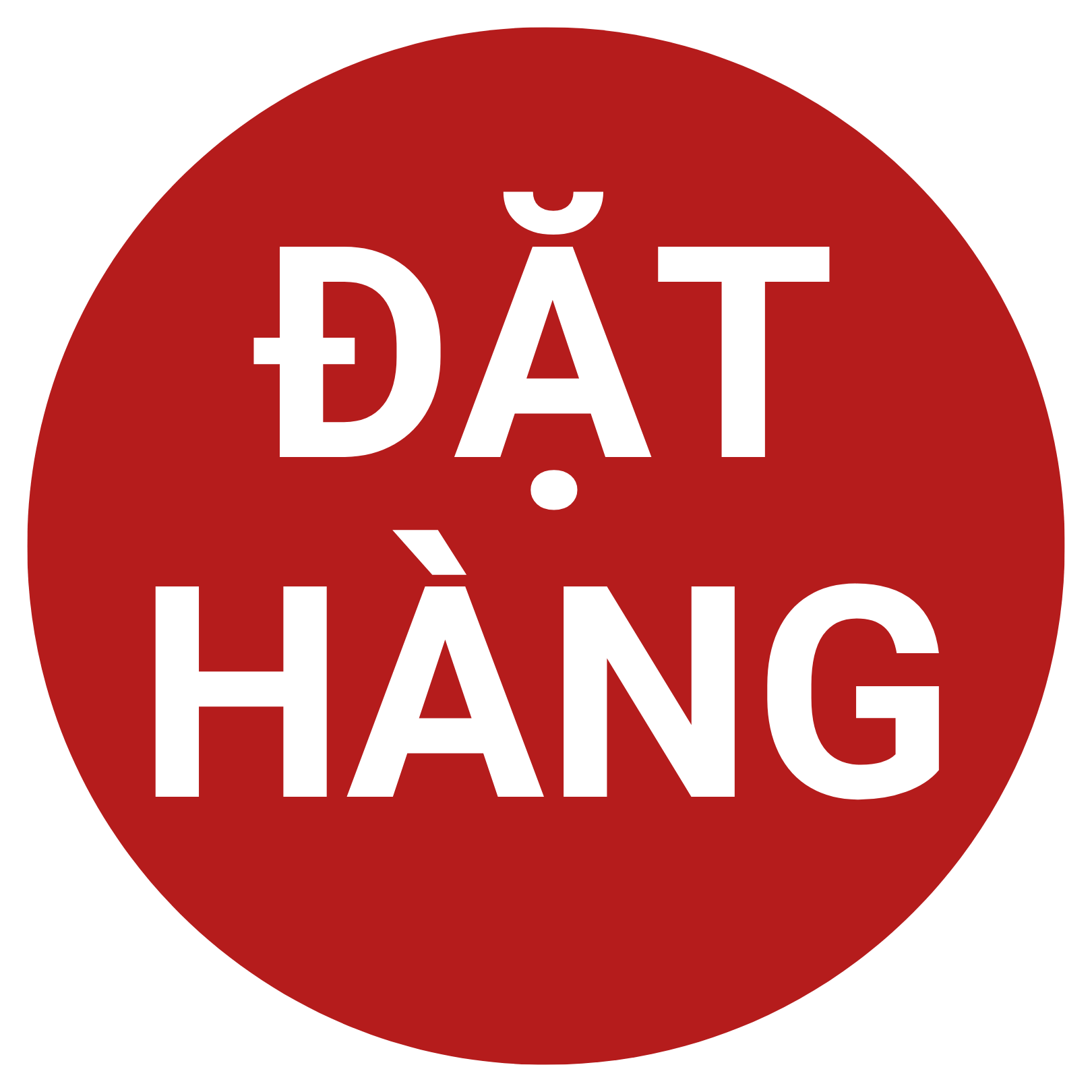No products in the cart.
Đĩa LP Kim Hyun-Chul – Blue In You (Original Soundtrack) (Colored Vinyl, Blue, 180 Gram Vinyl)
1.500.000 ₫
Category: Nhạc quốc tế
Nhà sản xuất: Seoul Record Fair
Đĩa LP Kim Hyun-Chul – Blue In You (Original Soundtrack) (Colored Vinyl, Blue, 180 Gram Vinyl)
DESCRIPTION
Kim Hyun-Chul DONG-A RECORDS YEARS
The psychedelic-tinged pop / rock sounds masterminded by Shin Joong-hyun, and the college folk scene spearheaded by Kim Min-ki formed the very heart of Korean pop music throughout the 1970s. However, this beating heart would be stifled, intentionally, as the dictatorship ramped up it’s repressive practices in the mid-1970s. Countless rock and folk acts were censored on charges of ‘indecency’. The leading artists of the time, such as Shin Joong-hyun and Kim Min-ki, found themselves in a situation where they could neither play concerts nor release new music. While great bands like Sanullim managed to emerge even amid such dark times, radio and TV broadcasts remained subject to government rating and censorship. Thus, music broadcasts that reached the masses consisted of little more than romantic ballads, gayo for older generations, and sanitized ‘decent’ dance music. Although the new regime that took power in the 1980s made some conciliatory gestures, censorship remained firmly in place. Musicians who were forced into a long hiatus eventually gave up on music entirely or faced difficulties adjusting to newer trends. Around the mid-1980s, during which school bands began playing heavy metal, breaths of fresh new air were emerging in Korea’s music scene. Independent label Dong-a Records was one of the central forces in this new wave. For singer / songwriters looking to create something new and different, Dong-a provided not only the top session musicians of the time but also free rein throughout the recording process. As musicians gained the ability to rise to success without having to make TV appearances, new talent began flocking to Dong-a. Perhaps as a consequence of Korea’s hosting of the Olympic Games in 1988, radio broadcasters began playing a somewhat broader range of music than they previously had, despite remaining beholden to government influence. Fusion jazz was among the new music styles that were introduced. Seeing that audience reactions were favorable, agencies who worked with major labels began releasing jazz / fusion records. Soon, new artists emerged whose style was rooted in such influences. Among them were Cho Dong-ik and Lee Byung-woo, who formed the band One Day. The ‘gayo’ style, which had begun following a somewhat trite pattern, became enriched with fusion jazz-style arrangements and musicianship. This encouraged Korean listeners, many of whom had almost exclusively consumed foreign music, to begin seeking out more domestic records and local concerts. Thus, the domestic market started to grow. Kim Hyun-Chul was a huge fan of One Day. He was the core member of the band Morning Scent, who had gained a strong following among high school students in the Gangnam area by the late 1980s. His home-recorded demos would sell more than a thousand copies at local record shops, and would spread further among students via copied tapes. After attending a One Day concert, Kim got an unexpected opportunity to chat with his idol, Cho Dong-ik. This meeting would become a major turning point in Kim’s life. Upon realizing that Kim was not just a huge fan of his but also a talented songwriter, Cho introduced him to musicians around him. In 1989, when Kim worked on singer Park Hak-gi’s songs, Dong-a Records president Kim Young offered Kim Hyun-Chul 30 million won in cash to sign an exclusive contract. For a college freshman who was just starting off a solo career, that was a huge sum of money. Kim’s signing would help extend Dong-a Records’s heyday until the mid-1990s. Alongside label mates like Spring Summer Autumn Winter (Bom Yeorum Gaeul Kyeoul) and The Light and The Salt (Bitgwa Sogeum, who debuted around the same time, Kim was a driving force behind the popular wave of so-called ‘fusion gayo’ during the late 1980s to the early 1990s. He also played a major role in successfully debuting Jang Pil-soon and Lee So-ra, who became Korea’s foremost female singers since the 1990s. After making a name for herself with the theme song from the film Kim’s comeback has a context. The rediscovery of Japanese city pop led some to ask ‘Is there a Korean musician who achieved popular success with AOR and fusion?’ Some Youtubers proposed that Kim Hyun-Chul – especially his early work as a solo artist as well as his compositions and production in Jang Pil-soon’s early material – fit the bill. Kim has remarked that he was encouraged to return to music after seeing how much interest teens and 20-somethings were showing for his early work. Kim’s body of work from 1989 to 1994, released on Dong-a Records, comprises 3 studio albums and 2 motion picture soundtracks. These works were molded by Kim’s dearest influences, including American fusion, David Foster’s pop / AOR music, in addition to acts like One Day and Yoo Jae-ha, who had breathed new life into Korea’s music scene during the mid to late-1980s. As Korea opened up further since the late-1980s, the 1990s saw an influx of musicians who had studied overseas, the introduction of new instruments and equipment, as well as a slew of creators eager to try a new kind of Korean cinema. This gradually led to more and more diversity in Kim’s works during the 1990s. Even while exploring different styles, Kim’s mastery of production is a constant and shining testament to his artistry. He was able to zero in on a section of Korean listeners who were simultaneously into contemporary western pop / jazz as well as domestic gayo – a keen talent that was unparalleled in Korea’s music scene at the time. Original Motion Picture Soundtrack Lee So-ra caught the attention of Kim Hyun-Chul through her activities as part of the vocal group Strangers. He eventually suggested they should work on a theme song for a movie together, thus setting off a chain of events that would elevate her to stardom.
- Tracks
- Credits
- 1 Couple’s Theme
- 2 The Blue in You
- 3 Separation Theme
- 4 Separation
- 5 Sympathy Theme
- 6 In the Practice Studio
- 7 Afternoon
- 8 Night
- 9 End Title
- 10 New Beginning
- 11 Main Theme
- 12 Rendezvous, Blue & Purple
- 13 Rendezvous, Sky Blue (Piano)
- 14 Rendezvous, Marine Blue (Synth)
- 15 Rendezvous, Prussian Blue (Guitar)
- 16 End Title
- 17 New Beginning (Guitar Version)
Related products
1.400.000 ₫
1.550.000 ₫
1.200.000 ₫
1.100.000 ₫
1.100.000 ₫
1.100.000 ₫











